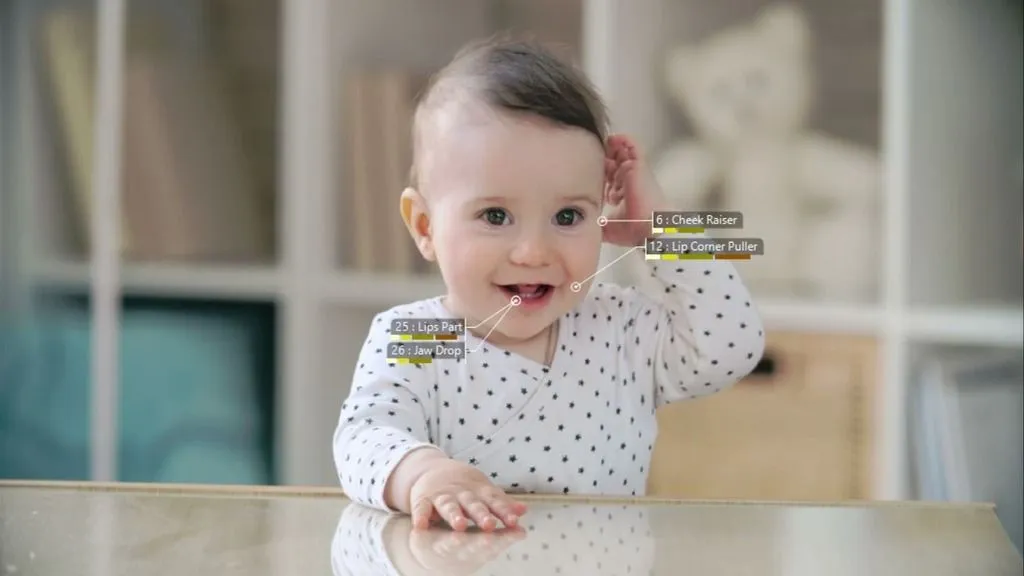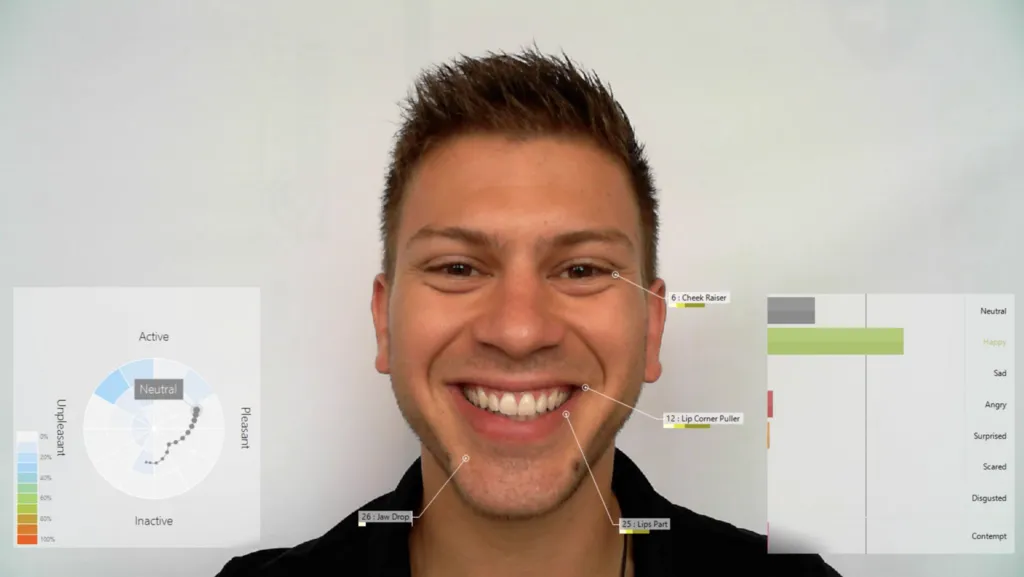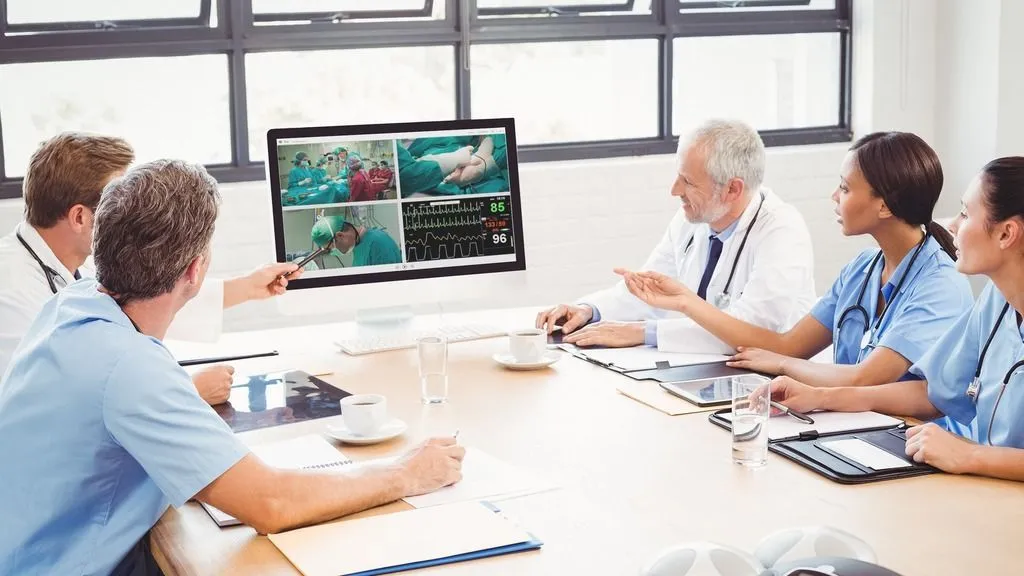Human Behavior Webinars
Upcoming and previously held
We’re excited to host virtual meet-ups and Noldus user groups, offering you the opportunity to connect with our team, industry experts, and - most importantly - fellow Noldus users. These sessions are designed to inspire, educate, and foster collaboration within our community
Explore our range of events, including 30-minute talks, webinars, and technical briefings. Each session is packed with valuable insights and practical knowledge tailored to your needs.
Joining is simple! Just select the webinar or session of your choice, click the registration button, and fill out the form to secure your spot. Alternatively, you can jump straight into the webinar if it’s already live.
We look forward to connecting with you online - see you at the next event!
Register to watch the latest webinars

Validating Baby FaceReader 9 Analysis of Infant Affective Facial Expressions in Face-to-Face Interactions
In this webinar, Martina Zaharieva, PhD, will discuss her validation study on the performance of Baby FaceReader. Martina and her research team compared Baby FaceReader output to manual micro-coding of facial expressions of young infants during naturalistic social interactions.
Duration | 46 minutes
Noldus product | FaceReader

Beyond the Familial: The Development of Emotional Communication with Mothers, Fathers, and Strangers
In this webinar, Eliala Salvadori, MSc discussses her research involving infants and the complex communication strategies they use to interact with their parents and with strangers.
Duration | 60 minutes
Noldus product | FaceReader
Get immediate access to these webinars

How emotions are made in Baby FaceReader
Baby FaceReader™ can automatically measure facial expressions in infants ranging in age from 6 to 24 months old. In this webinar, we show you how to set up an experiment using Baby FaceReader (FaceReader version 9) and what the results look like.
Duration | 38 minutes
Noldus product | Baby FaceReader

Beyond basic emotions - Best practices when creating custom expressions
For the analysis of, for example, workload, attention, or embarrassment, measuring a basic emotion is often not enough. Therefore, designing your own algorithms will help you out. Tess den Uyl provides some best practices and advice on how to use custom expressions for your benefit.
Duration | 60 minutes
Noldus product | FaceReader

More Than Meets the Eye: Flavor Perception, Facial Expression Analysis, and Predicting Food Choice Behavior
Join Jason Rogers, PhD and Geertje van Bergen, PhD as they take us on a sensory deep dive into flavor perception, facial expression analysis, and food choice and consumption behavior.
Duration | 60 minutes
Noldus product | FaceReader

How to measure engagement from facial expressions
In this webinar, Dayenne Sarkol-Teulings tells us more about what engagement is and how she performed an experiment to find out what an engaged face looks like. The results of her validation study will be highlighted as well.
Duration | 44 minutes
Noldus product | FaceReader

The psychophysiology of emotion
In this webinar, we look at the relationship between emotions and psychophysiological measures such as heart rate and skin conductance. As we’ve already seen with facial expressions, people show a lot of variation in their facial expressions when expressing certain emotions, and the same holds true for physiological measures.
Duration | 67 minutes
Noldus product | FaceReader

What's In A Face: Project Analysis Module and Custom Expressions in FaceReader 9
In this webinar, Dr Jason Rogers demonstrates the updated features of FaceReader 9, including the new Project Analysis Module and Custom Expressions.
Duration | 60 minutes
Noldus product | FaceReader

Behind the scenes of the Behavioural Lab at London School of Economics
In this webinar, the London School of Economics (LSE) invite you to view their Behavioural Lab for Teaching and Research and let's you discover all the possibilities for researchers and how they apply Noldus tools.
Duration | 44 minutes
Noldus product | The Observer XT, Viso, FaceReader

Research in Developmental psychology
In this webinar, we explain how our research tools can be used to study the behavior of children. How do children acquire language, how do learning behaviors develop, and how do they interact socially with other people, for example in parent-child interaction?
Duration | 56 minutes
Noldus product | Viso, The Observer XT, FaceReader

Inside a Behavioral Lab: Automatic synchronization and dynamic analysis of physiology, emotions and eye-tracking
In this webinar we take you inside the Behavioral Lab and show you all about automatic synchronization and dynamic analysis of physiology, emotions and eye-tracking.
Duration | 60 minutes
Noldus product | FaceReader, The Observer XT

How to measure emotions
In this 30-minute talk, you will learn more about the theory of constructed emotions and how it differs from Ekman’s classical view on emotional expressions.
Duration | 40 minutes
Noldus product | FaceReader

Simulation-based training: Why and how
Why is simulation-based training important and what does a (medical) simulation-based training look like? In this webinar, professionals from the field answer these questions for you.
Duration | 45 minutes
Noldus product | Viso

Innovative methodologies for consumer behavior research
In this webinar we highlight the recent innovations in consumer behavior research, with special attention to the methodologies employed for the study of sensory perception.
Duration | 53 minutes
Noldus product | The Observer XT, FaceReader online

How to integrate psychophysiological & behavioral data using both Noldus and BIOPAC tools
In this joint webinar, we dive deeper into the benefits of integrating data seamlessly. How to study behavior and physiology using Noldus and BIOPAC tools is at the core or this webinar.
Duration | 74 minutes
Noldus product | The Observer XT,

Behavioral Coding - Designing optimal coding schemes in The Observer XT
In this Noldus Technical Briefing, we will show you how to create coding schemes that allow you to reach your behavioral endpoints but, at the same time, are clear enough for efficient and reliable coding.
Duration | 50 minutes
Noldus product | The Observer XT

Tools and methods for Facial Action Coding
In this technical briefing, you will learn more about different tools that can be used to objectively measure AUs. We will also discuss how you can look at the AUs not only from an emotional, but also a functional point of view.
Duration | 37 minutes
Noldus product | FaceReader, The Observer XT